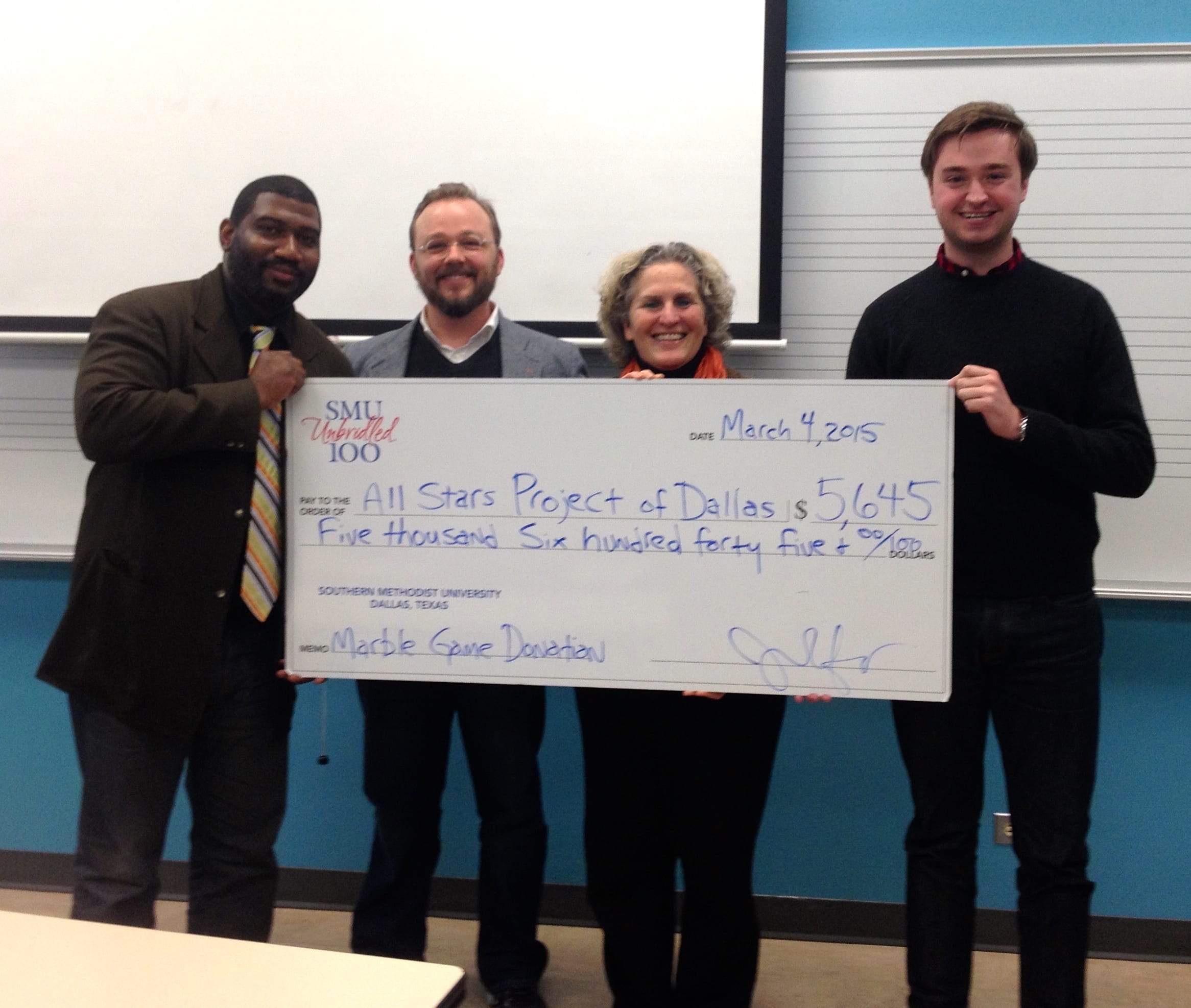I am sure each of us has heard that “He/she is a person of vision”. This phrase has a mystical quality to it, as though there is a type of person with the ability  to see what others cannot. I believe most people are capable of having vision, but they need the proper stimuli. Through mentor-ship, the oldest form of learning, through self-learning or through higher education, they need the proper influence and training in order to not only see, but persevere the entrepreneurial path before them.
to see what others cannot. I believe most people are capable of having vision, but they need the proper stimuli. Through mentor-ship, the oldest form of learning, through self-learning or through higher education, they need the proper influence and training in order to not only see, but persevere the entrepreneurial path before them.
We love our visionaries. We need our visionaries. We need to train our artists to have vision.
Vision is lucid dreaming. It is about dipping into your imagination, while you are still awake and conscious. It is allowing yourself the mental space and flexibility to see pictures in your mind.
Visionaries are much like entrepreneurs, with many being entrepreneurs. Both dreaming types develop their ideas or vision through their imagination, creativity and filling in of gaps.
Such gaps can occur in any number of fashions. Typically, they are a response to status quo and serve as offerings, outside of the norm.
How does one have vision? How do you create a profitable vision? Can the ability to have vision be taught? Absolutely.
Here are some basic steps in How to Have Vision:
1.Answer this question: What is the status quo? This can be represented in your work life, your country’s cultural artistic offerings, communal values, political scenario, etc. Which area or areas do you like to spend time thinking about? Which areas do you have opinions about? Which areas do you feel something about?
2.How did the status quo come to be? Dig into its history. Understand it.
3. What do you perceive to be missing? Is there something missing as a result of cultural, communal or institutional investment in the status quo, whatever it is? Let me ask this in another way: What do you wish were available/offered/existed, was a new standard? What is missing? What are the gaps? What do you wish would come to be?
4.How is what is missing different? How is what you perceive to be missing different? How is it different from what currently exists?
5.If you were to fill that gap, what would the filling look like? What would it be? What function or role would this gap-filler serve?
6.How might you, personally, do it? Remember that there is no right or wrong. We are brainstorming here and brainstorming is a building of ideas (sometimes dynamic ideas come out of flubber). How would you, personally, do this, if could, if it were possible?
7.Is it possible? If not, why? Can those obstacles be overcome? Have they been overcome in the past by anyone? If something has been done before, it can be done again.
8. If it has been accomplished before, how? Do the research.
9.What do you need to accomplish this goal?
10.Can you acquire what is needed? What would that take?
11.Can you scale it back? If you were to scale down your larger vision and reduce it to a vision that utilizes only the resources you have at hand, right now, or can readily acquire, what might that look like?
12.Who else is addressing this need? Do the research.
13.Who else feels passionately about this need? People like to help those who share their passion, especially if it is a unique passion.
14.Who needs your idea? Get really specific. This is your demographic. Where are they? Where do they live? What do they drive? What do they like and dislike? There are over seven billion people on this planet. Patterns emerge. What people are you appealing to?
15.Can your vision match their needs? What do these people seek? What do they need? What do they love and want? What will make an impression for these people? In other words, what will resonate for your tribe, people, audience?
16.Is there value to filling the gap you have perceived? Can you put a value on it? What is it worth to the people who need it filled? Are there people doing similar gap filling, anywhere? Have they found a value to such activity?
17.Can you start now? What small measures can you take today to begin the process of momentum?
18.Are you willing to commit to filling that gap? If not, why? Is it possible to work with whatever obstacles you face? Are they possible to overcome or meet the needs of? If not, how you can you adapt? If you cannot adapt, stop.
19.Grab paper and pen. Create a To Do List. If you were to accomplish this dream, this vision, this goal, what 5 things (baby, beginning steps), can you begin today—and realistically achieve?
20.Complete your To Do list and start again tomorrow.
These twenty steps can serve as your window in. Once you see the dream, you see the gap and have an idea of how to fill it, begin. You must develop momentum. To develop momentum, you must commit to action, unequivocally.
I like to say that the hardest part of planning an extended trip abroad is to buy the ticket. Once the ticket is bought, you have overcome the initial hurdle and have started your adventure. Then you have momentum. You have committed. You have invested.
In having and building vision, you may offer your culture something it needs. There could be social and financial benefits to such thought and action.
Jim Hart is the Director of Arts Entrepreneurship at Southern Methodist University, Meadows School of the Arts.





Great Guide to find your Vision. I am pretty sure that if someone follows that strategy with full devotion then he/she will surely be successful. Thanks for sharing this great article.
Thank you for your support. I appreciate that and I hope you will come back and check out future posts. Thanks again!
Jim